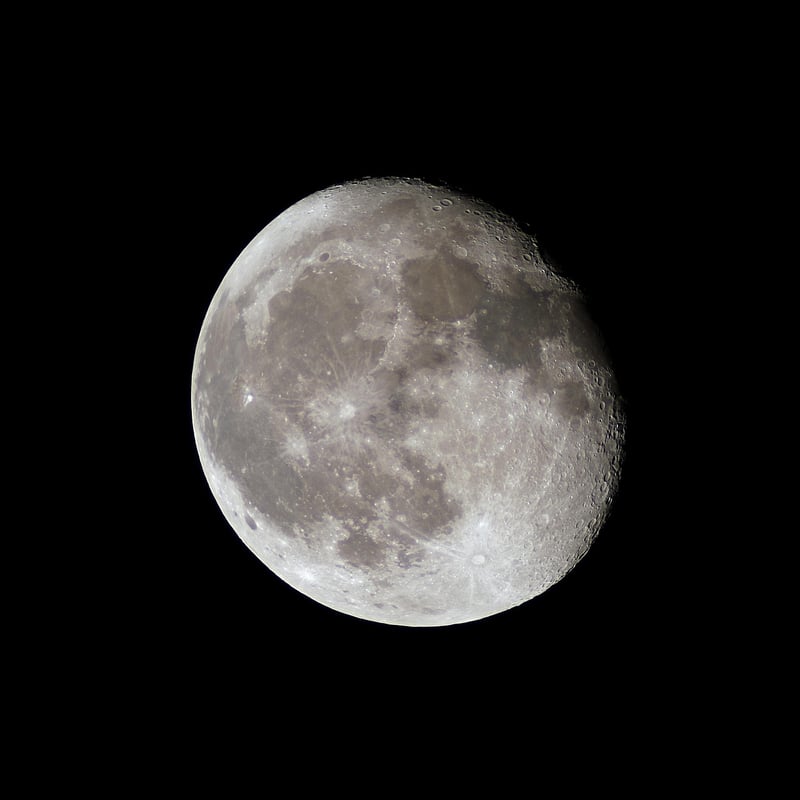Lunar Habitats
Creating Sustainable Habitats: From Earth to the Moon
Introduction
As humanity ventures beyond our planet, the need for sustainable habitats becomes increasingly important. From establishing self-sufficient communities on Earth to planning lunar habitats, innovative solutions are being developed to ensure the survival and well-being of future generations.
Earthly Habitats
Building sustainable habitats on Earth involves designing structures that minimize environmental impact and promote self-sufficiency. Features like green roofs, renewable energy sources, and water recycling systems are key components of eco-friendly architecture.
By utilizing recycled materials and incorporating energy-efficient technologies, human habitats can reduce their carbon footprint and contribute to a healthier planet.
Key Elements of Sustainable Earth Habitats:
- Solar panels for renewable energy
- Rainwater harvesting systems
- Vertical gardens for food production
- Insulation made from natural materials
Lunar Habitats
As space exploration advances, the idea of establishing lunar habitats is no longer science fiction. Scientists and engineers are developing concepts for living spaces on the Moon that can support human life in the harsh lunar environment.
From protective shielding against radiation to closed-loop life support systems, lunar habitats require cutting-edge technology to ensure the safety and well-being of inhabitants.
Challenges of Lunar Habitats:
- Extreme temperature variations
- Solar radiation exposure
- Micrometeoroid impacts
- Lack of atmosphere and water
Future of Human Habitats
By combining the lessons learned from sustainable Earth habitats with the innovation required for lunar settlements, we can envision a future where human civilization extends beyond our home planet.
Whether on Earth or the Moon, the principles of sustainability, self-sufficiency, and resilience will guide the design and construction of habitats that enable us to thrive in the vastness of space.
Sources:
For more information on sustainable habitats and lunar settlements, visit the following resources:


